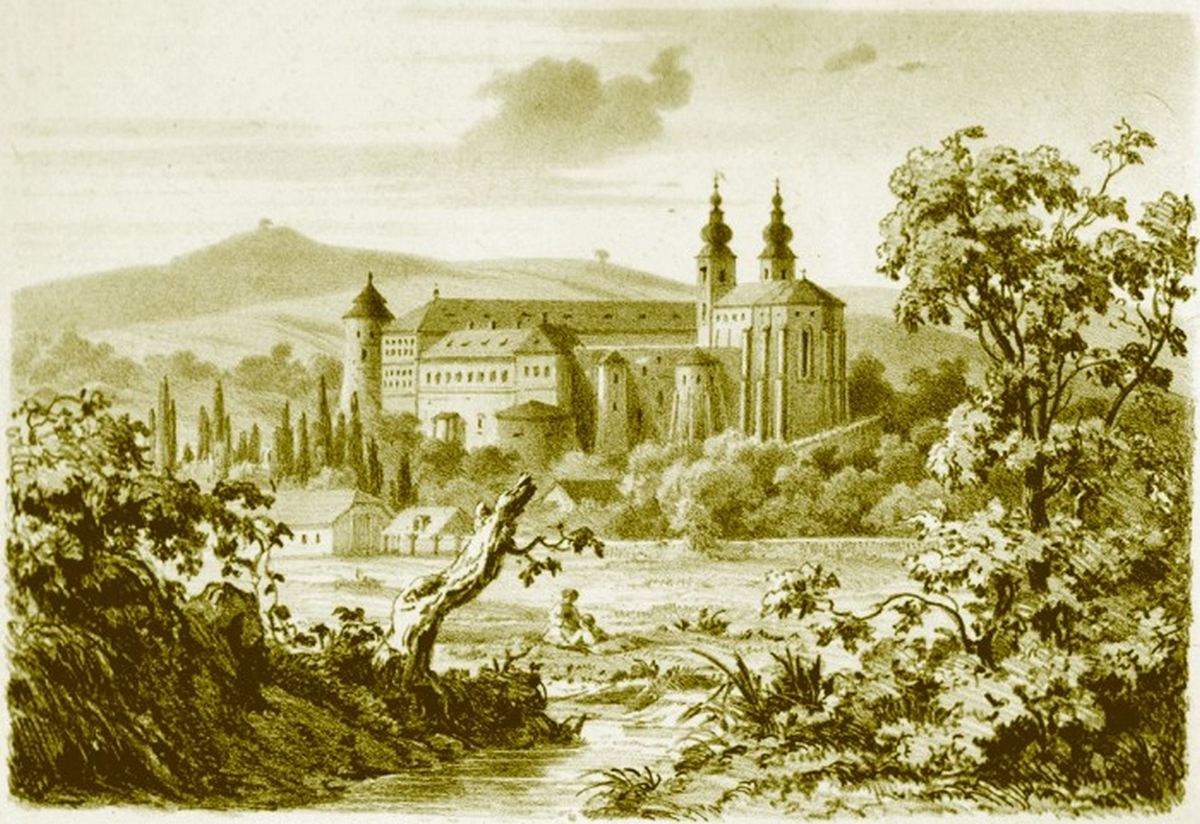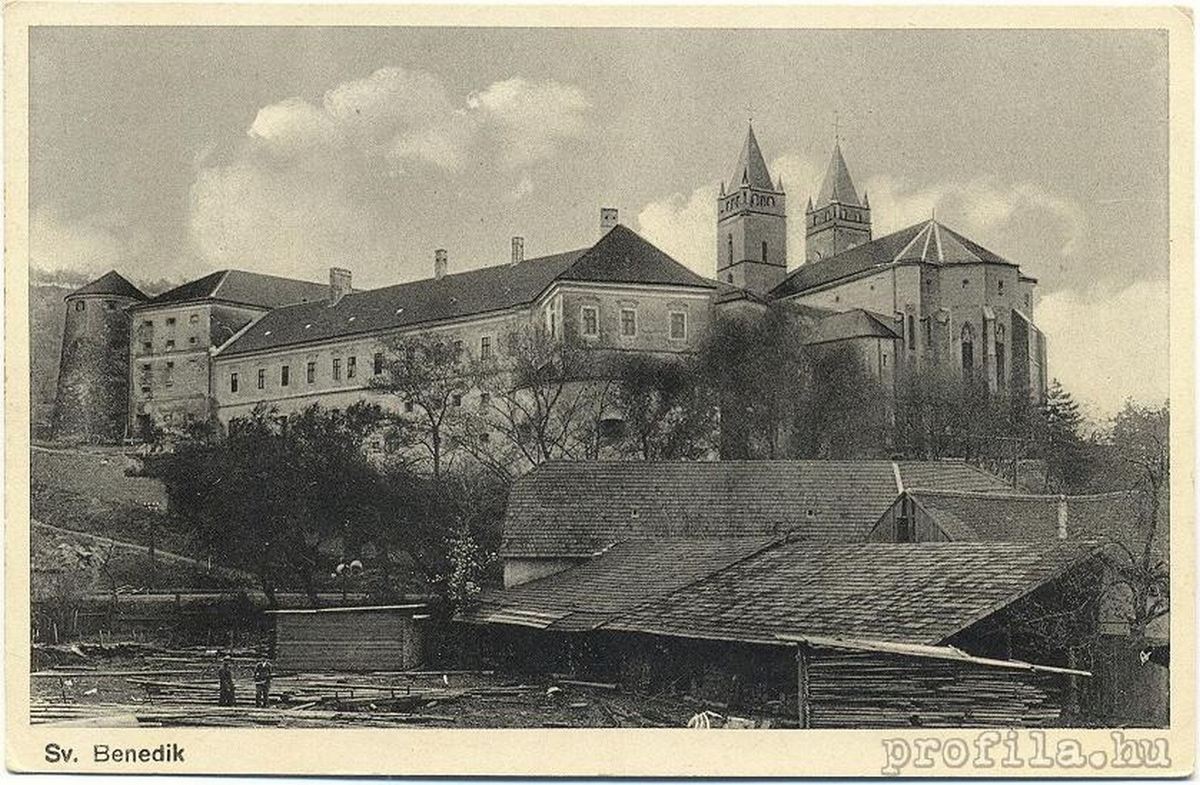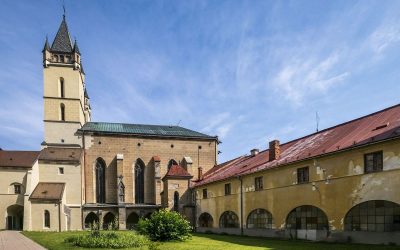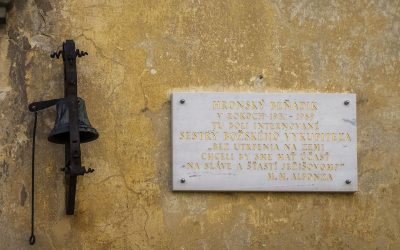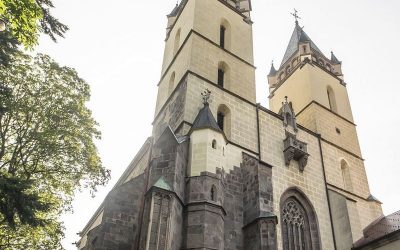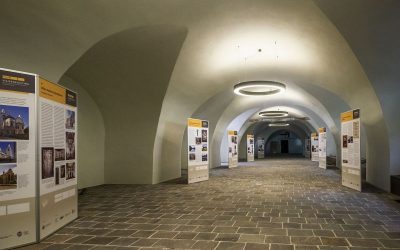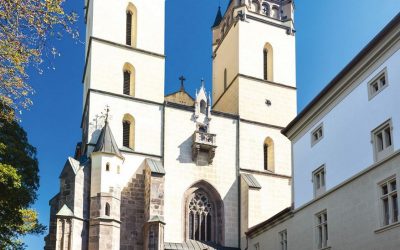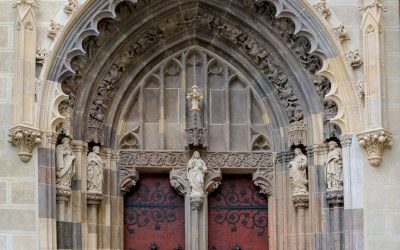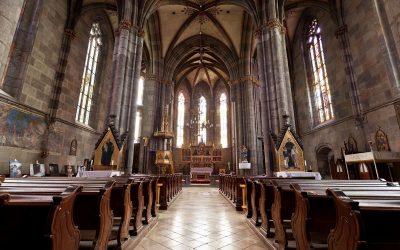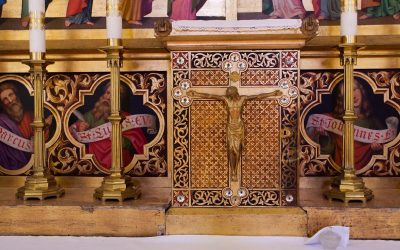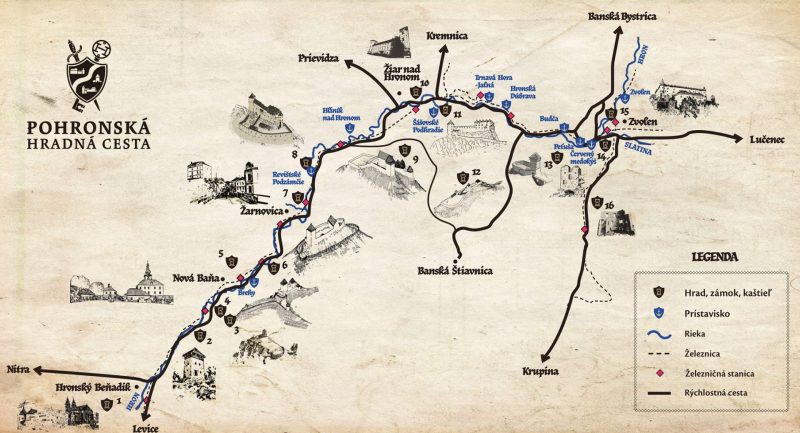Do you know the “Pearl of Pohronie“? Come and meet. My name is Hronský Beňadik Monastery.
For many years I have lived on a rocky promontory above the narrow valley of the River Hron. My homeland is right at the place of the so-called Slovak Gate. In the past, it was the entrance road directly to the rich mining towns.

My first inhabitants were Benedictines. Even now I remember exactly that it was first written about me in 1075. King Géza I mentions the abbey that was established behind my walls. I wanted to sing with the monks longer but my Benedictine people left as soon as they heard about the arrival of the Turks in our territory. The nobles of the Esztergom Chapter House took me under their protective wings.
They changed me beyond recognition and I went with times of the Renaissance period. To this day, I hide the relic of Christ’s Blood, which was donated to our church by King Matthias Corvinus of Hungary. He is said to have received it for his bravery in the fight against the Turks from Pope Paul II.
Members of the famous Koháry family found their final resting place in my dark underground corridors. Courageous István I. Koháry fell in the battle against the Turks near Levice.
What you may not know about me
In the first half of the 20th century, the monastery in Hronský Beňadik became the seat of the Salesian order which had great merits in the development of culture and social life in the village. Later, they focused their activities mainly on the spiritual education of the youth, which did not seem to suit the then communist regime.
In 1950 – 1951 events took place behind the walls of the monastery, which the modern history of Slovakia refers to as Action K aimed at the liquidation of male religious orders in Slovakia. During the night of 13th April 1950, Salesians, who worked there, were abducted from the monastery. Meanwhile, the monastery became a centralised monastery where Capuchin, Franciscan and Piarist monks were temporarily housed and later was turned into a charity home for retired priests.
The men’s orders were in Hronský Beňadik Monastery until August 1951. In November of the same year, nuns were assembled and interned here until 1989.
CONCLUDING STORY
How did a Bulgarian Tsar unintentionally contribute to the construction of the first car in Slovakia, the so-called Drndička?
One day, Tsar Ferdinand set out on a long journey home. He started from his favourite residence in Svätý Anton. The journey went very well but then the car suddenly broke down between the villages of Psiare, part of Hronský Beňadik, and Kozárovce. He stopped quickly, got out, and walked helplessly around the car. All of a sudden, a local locksmith Michal Majer, who immediately saw an opportunity, approached him. Michal offered to fix Tsar’s car.
The sceptical Tsar Ferdinand just shook his head, but had no choice so he agreed. In a few minutes, the engine started running and the car was ready to go. Ferdinand Coburg wanted to reward his rescuer properly. Michal asked the Tsar for the car documentation, wheels and a steering wheel. The Tsar was surprised that the young locksmith had asked so little, but he did not hesitate and delivered everything to him. Michal got everything he needed to enable him to get to work.

By working hard he managed to build a unique machine. The first Slovak car, nicknamed Drndička. It earned the name because of the sound it made when Michal drove it on the then bumpy roads.
How do you get there?
ADDRESS
Benediktínsky kláštor Hronský Beňadik
Hlavná 114/443
966 53 Hronský Beňadik


